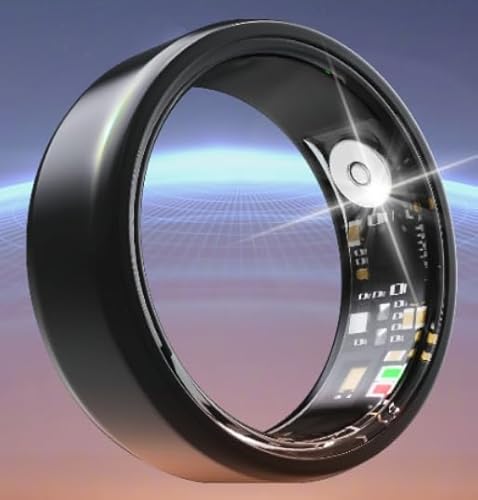I had my BAV replaced and ascending aneurysm resected...and will answer your questions with the assumption you have BAV as well....sure sounds familiar. With respect to repair vs. replacement of your aortic valve, replacement was recommended by EVERY doctor/surgeon I consulted with. Others will answer this way also I am sure. In my case, I chose a mechanical valve because the odds are better that I will not have to repeat this surgery vs. a for-sure repeat operation if I had chosen a tissue valve. The mechanical valve and Dacron graft (prosthetic aorta) came together as "one piece" and not "separate pieces". My surgeon was Dr. Coselli in Houston....studied under DeBakey...long resume and more experienced at thoracic surgery than any surgeon in the world I believe...highly recommended for excellent track record and low morbidity rate. Can't emphasize enough the value of experience, experience, experience for this surgery. In my case, my ascending aneurysm extended into the transverse part of the aortic arch, although the aortic root was not dilated. In order to avoid another surgery 10 years down the road. Dr. Coselli made the decision during surgery to attach another graft to extend the prosthetic into the transverse part of the aortic arch. This required first cooling my blood for a couple of hours via the heart bypass machine to suspend the flow of blood to the brain and then turning off the heart bypass while the aneurysm was resected...this is called circulatory arrest. Dr. Coselli was able to resect the aneurysm within a 14 minute window! This is fast! The faster the better....one reason to go with a very experienced surgeon. The entire surgery took about 8 hours, but the amount of time blood was not being pumped through my body was only 14 minutes after cooling. As for your second question about repeat aneurysms, this is difficult for anyone or any study to really accurately answer. I think this is because surgeons' experience and techniques vary considerably. In addition, each of us is different and many variables unique to our genetics and physiology come into play. There is always the risk of another aneurysm, and this is why annual CT scans after surgery are recommended....to look for more aneurysmal dilaton in the entire aorta. This is also one reason why beta blockers for blood pressure relief are used after surgery....to reduce blodd pressure and risks of another aneurysm. As for whether or not repeat aneurysms are only found in the ascending aorta, my family has a history of both ascending and descending aortic aneursyms. I don't think one can conclude aneursyms are only found in the ascending aorta. I believe research also shows the rate of dissection is greatest among BAV patients....this in itself suggests to me the entire aorta is prone to weakness.
Rsearch your surgeon's track record in terms of reputation, thoracic expertise, number of operations, morbidity rate, etc.
Hope this helps. Best of luck!






















